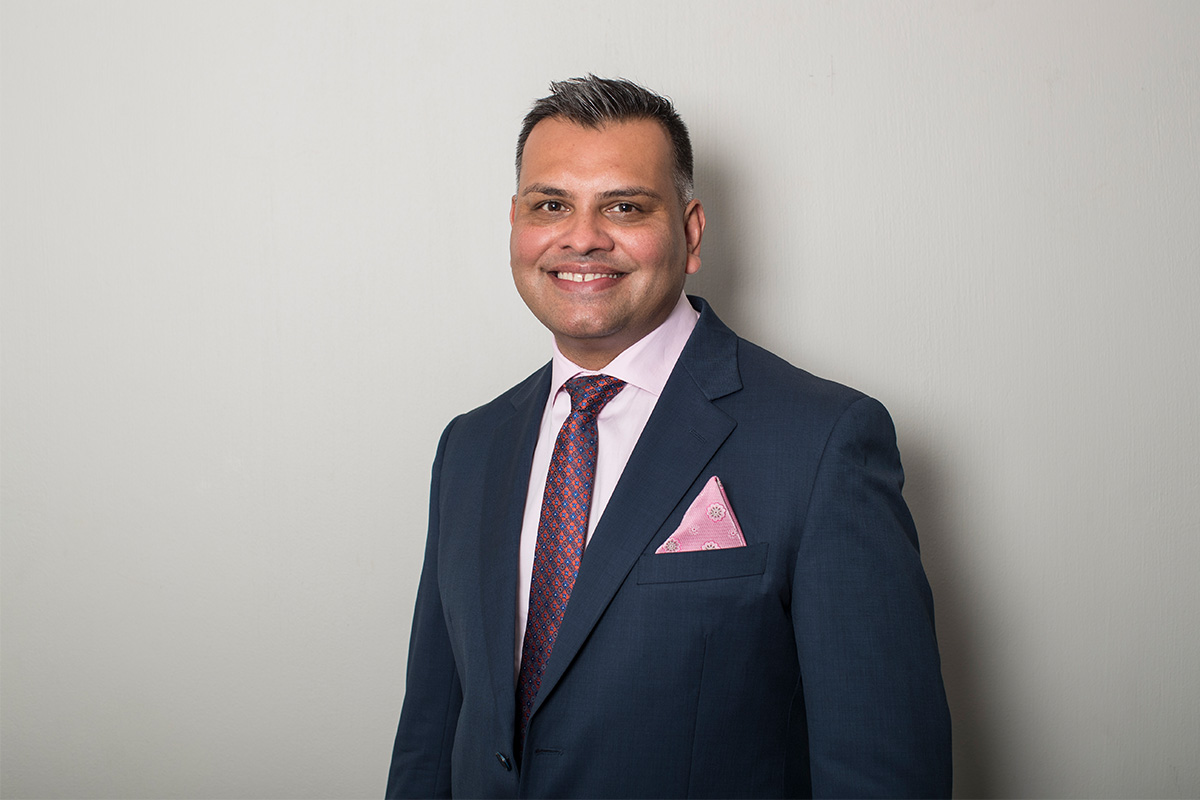
28 Mar Riding the center of the world
Arvind Bundhun, Director, Mauritius Tourism Promotion Agency (MTPA), speaks about an island nation well placed for the next vector in global growth.
In the last two years, countries around the world have rebranded themselves, creating an extremely competitive playing field. How has Mauritius rebranded itself in recent times, and what are the values and qualities that come with it?
Though the assets of Mauritius are indeed numerous, the island has been particularly renowned for its beaches and legendary hospitality. Today, we have considerably expanded our offer as an ideal destination for cultural tourism, leisure, sports, nature, and medical tourism.
The modern traveler is more concerned about meeting people and their culture. Mauritius is a crossroad where peoples and cultures from Europe, Africa and Asia meet. We have much to offer in terms of abundant religious and cultural festivals, but also, we have a particularly rich cuisine.
Land of cultural encounters, Mauritius is also a land of activities. We also intend to showcase the large array of activities, both at sea and on land. Walking, hiking, trekking and mountaineering are becoming increasing popular. But one major attraction is golf. With more than thirteen 18-holes world-class courses, it’s no surprise that the first tri-sanctioned tournament, the AfrAsia Mauritius Open is being held on the island.
How would you describe the role of the MTPA in the One Mauritius program, and what are the specific projects and campaigns you are working on to help bring back tourism to these markets of opportunity you just mentioned?
The role of the MTPA is to be the operational arm of the Ministry of Tourism. As such, it is our responsibility to put in place policies that aim to provide the best possible framework to increase visibility through innovative marketing campaigns.
Three key dimensions have been taken into consideration in the development of the One Mauritius strategy. The first one is demand, which involves increasing bookings from international markets to attain the 2019 level of tourist arrivals and encouraging an increase in length of stay. The second is supply, in terms of improving tourism facilities to increase tourism spending and enhance overall customer experience. Last is air connectivity, which involves ensuring optimal conditions for travel and access to Mauritius.
To trigger demand our way forward was, the consolidation of our main markets, the diversification of our secondary and regional markets, and to tap into opportunity markets.
We have offices in the major capitals and work with specialized agencies. During the closure of the borders, we continued to keep in touch with our main emitting markets to remain at the top of their bucket list of destinations. The tourist arrivals from these markets after the reopening of the borders show that this strategy has paid off.
What are your expectations for the success of this program and the attraction of new visitors to the country, and how are you preparing your activities to support this?
To be able to reach these strategic priorities we have to ease sanitary restrictions, promote long-stay tourism, and enhance customer experience through a public-private partnership. Henceforth the 48hr PCR test is no more required. All vaccinated travelers are most welcome. The authorities are closely monitoring the sanitary situation, and the trend of the most recent weeks indicates that the last wave of the pandemic is now receding. Hopefully, there will be fewer and fewer sanitary constraints.
Global travel giant KAYAK recently ranked Mauritius among the world’s top destinations in its “Work from Wherever” index. Mauritius’ reputation as a luxury destination remains intact, with an exclusive set of top-class hotels and resorts forming the backbone. What other elements of the Mauritian tourism product also contribute to the creation of world-class luxury brands? What are the other niches outside the luxury segment that Mauritius is developing to further diversify and broaden its offer?
Mauritius is fortunate to be placed in a very nice time zone, two or three hours from the main European capitals and in the same time zone as Dubai. This is a great advantage to facilitate travel. The comfort of travel is accompanied by a legendary welcome and hospitality. The airport, which is already equipped with modern infrastructure, will undergo an expansion and a profound renovation.
This reflects the profound changes that are taking place in the country with major road infrastructure works and the advent of the urban tramway which radically transforms travel and puts the country on an equal footing with the world’s major cities. The internet network is also developed, with fast connections covering the whole island.
However, Mauritius’ greatest strength lies in the warmth of its people whose hospitality immediately puts you at ease. It is no surprise that Mauritius is first in Africa on the World Happiness Index. This allows us to put more emphasis on domestic tourism and cultural tourism through meetings with the inhabitants. We also invite visitors to the interior of the country and propose to go and discover our forests and mountains, which offer beautiful hikes in line with the contemporary travel trends.
It is well documented that the pandemic has had a significant accelerating effect on the global digital transformation. In tourism, there are new apps that make it easier to book. Where do you see technology and innovation benefiting the Mauritian tourism industry the most?
Indeed, the pandemic forced us to review our marketing and promotional strategies. Digital marketing, which was already beginning to gain momentum before 2020, has been reinforced. At the MTPA level, as already mentioned above, we have stayed in touch with our traditional markets using targeted digital campaigns.
Moreover, the MTPA, along with the private sector, has jointly validated the ‘Mauritius Now’ campaign and a newly designed website and application are now doing a great marketing job. But technology is also present in the journey of our visitors who can do their immigration formalities online: on arrival at their hotels, check-in is done electronically and their stay is facilitated with applications to better guide them.
The Ministry of Culture and Arts has also just launched MauHeritage, an application that allows users to discover dozens of sites of cultural, historical and touristic interest. This will be a great boost for the discovery of our island and this new tourism that we want to promote.
What are your personal ambitions for the future as director of the MTPA? What is important to you?
By the end of 2019, when I had been the MTPA director for 18 months, we had a record number of almost 1.4 million tourists. Had it not been for the pandemic, 2020 would have seen that number increase. For this year, we are targeting one million visitors. The indicators we have so far suggest that we can reach this target. This would be my major challenge after two years of the pandemic. But I would also like to contribute to positioning Mauritius in the new travel trends and target more tourists with an environmental and ecological conscience. The future of our tourism, our country, and the planet are at stake.



Sorry, the comment form is closed at this time.